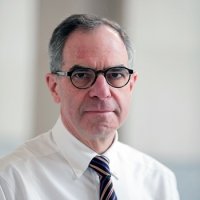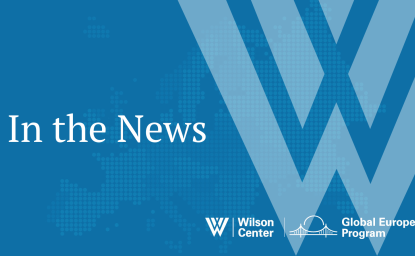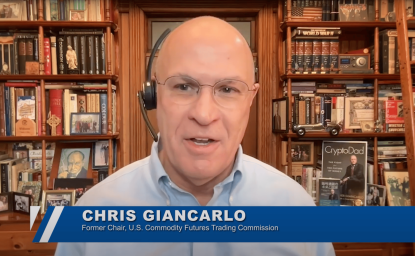The result of the presidential election altered not only the structure of power, but the nature of the political dispute. The citizenry opted for a strong presidency, with all the powers to undertake a structural change of potentially enormous dimensions. Even without anyone knowing, for certain, what the nature and reach of the so-called "fourth transformation" is, the election sparked a revealing debate of both buried emotions and latent resentments in the political and intellectual world. Now all this is seeing the light.
Three terms summarize the nature of the discussion: austerity, transformation, and counterweights. Although there are obviously many ways to define each of these words, the political burden that accompanies each of them is quite suggestive.
López Obrador is a model of austerity in his person and has built a political career around this guiding principle. When he refers to the era of stabilizing development (the successful economic program of the 1940s-1960s), he is presenting a vision of the world that is radically different from the one pursued by the reforms from the 1980s and on. Three factors characterized the stabilizing development model: first, a strong and centralized government, with an acute capacity to use public resources to finance large infrastructure projects. Instead of endless negotiations with the governors and various power groups (like today), the federal government decided the priorities, devoted the resources to that objective, and imposed its vision on the country at large. Second, the government's total expenditure as a percentage of GDP was significantly lower than it currently is: the government was effective and austere, a circumstance that changed dramatically in the 1970s when not only did spending increase at an accelerated pace, but also lost its ability to establish clear and precise priorities. Finally, the economy operated within a political context very different from the current one because the government had effective control of employers and unions through a variety of mechanisms (especially permit requirements) that determined the profitability of companies and the limits of the trade-union action.
The change in economic model that occurred in the mid-eighties never consolidated. Its two nodal anchors consisted of a fiscal balance and the liberalization of the economy. In the first, the spirit was to return to the sixties, an objective that was never achieved: although there were many cuts in spending (notably in investment, especially infrastructure), current spending continued to grow. The government of today is noticeably bigger with respect to the GDP than the one of the sixties and continues being clumsy and ineffective. The only thing it has achieved (more or less) is to stabilize the fiscal accounts to avoid crises; but it is no coincidence that the financial and exchange crises began in the seventies and continue to be present because, in contrast to that time, the concept of austerity of the last five decades has been rather lax.
If AMLO does manage to reduce the enormous excesses of government spending and to allocate resources in a more effective way, his impact could be enormous and extremely positive, but that is not what those proposing the end of austerity within his entourage mean. There is no doubt that this contradiction anticipates deep conflicts.
The transformation that the next president has announced is still to be specified, but the mere fact that it is posited as a radical change -the size of the Juarez or Madero “transformations”- has unleashed all kinds of proposals, speculations, and fears. The change of model that was postulated at the end of the eighties did not consolidate because the political structure did not change, even if the reality of power was altered. Let me explain: the political regime centered on the presidency and the distribution of privileges has not changed one iota since the end of the Revolution a century ago; PRI and PAN governments came and went, but the regime persists and, in spite of the hoopla, it may very well end up strengthening, rather than changing, in the six years that are about to begin.
Despite this, the reality of power did change because the circumstances are different: the economic dynamics of the different regions of the country; the power of organized crime; the abuses of the governors; and the strength of the market in economic decisions are all elements that illustrate how the reality of power has changed (for better or for worse), despite the fact that the formal political system has not reckoned with it. However, the discrepancy between the two is suggestive of another of the conflicts that are brewing: the notion that today’s problems can be solved by centralizing power can only work by annihilating the contrasting regional dynamics, which would involve demolishing the sources of economic growth that exist today.
The dilemma going forward ends up being very simple: to centralize in order to control, with the risks and potential benefits that such a course might entail, or to construct a new political system that makes possible an effective allocation of resources for a more balanced and generalized growth. In a word: there will be no change as long as the paradigm of the unipersonal regime is not altered, the one that Porfirio Díaz inaugurated back in the 19th century.
The views expressed here are solely those of the author.
Author

Mexico Institute Advisory Board Member; Chairman, México Evalúa; Former President, Consejo Mexicano de Asuntos Internacionales (COMEXI); Chairman, Center for Research for Development (CIDAC), Mexico

Mexico Institute
The Mexico Institute seeks to improve understanding, communication, and cooperation between Mexico and the United States by promoting original research, encouraging public discussion, and proposing policy options for enhancing the bilateral relationship. A binational Advisory Board, chaired by Luis Téllez and Earl Anthony Wayne, oversees the work of the Mexico Institute. Read more





